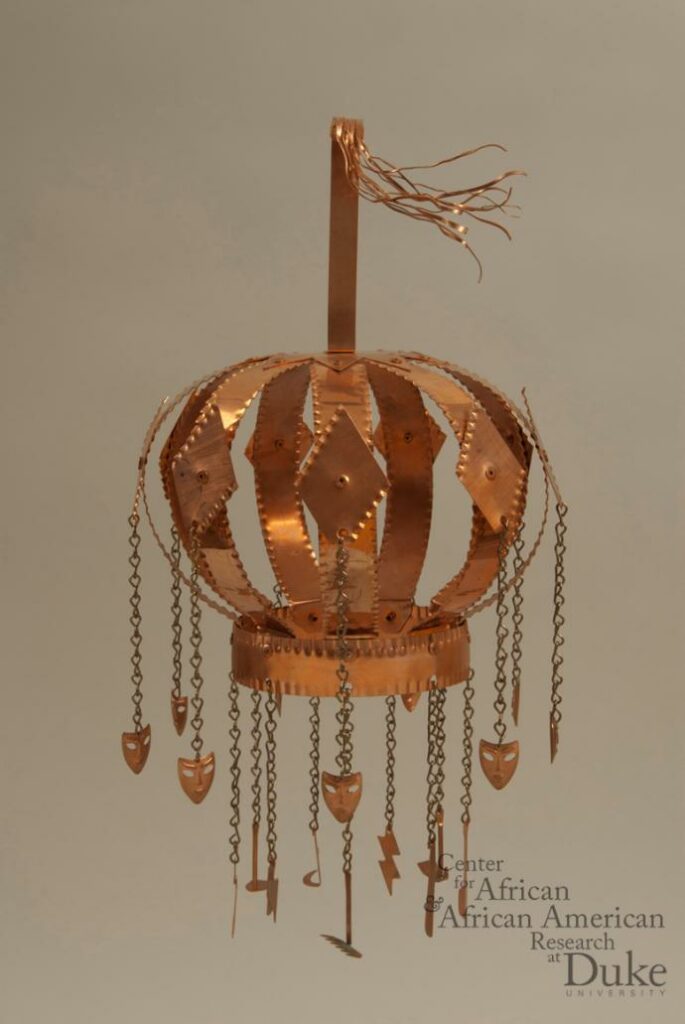Cubans practice a diverse array of related religions, such as Santeria, Ifá, Palo Mayombe, Abakwa, Spiritism and Roman Catholicism. Many Cubans and Cuban-Americans practice several of these religions at once. Most of the Cuban and Cuban-American sacred objects in the CAAAR Collection were made for santeros, or initiates of Santería, which African-restorationist believers prefer to call “Ocha,” and and babalaos, experts in the prestigious Ifá divination system. These traditions are devoted to the worship of gods called the orichas, who share their collective name and many of their individual names–such as Changó, known as Șàngó in Nigeria, Xangô in Brazil), and Shango in Trinidad and Tobago–with other traditions indebted to the ancestors of the West African Yorùbá people. A religion of song, dance, prayer, animal sacrifice and healing, Santería/Ocha is rooted in the Atlantic slave trade and in the movement of free Afro-Cubans between the island and West Africa in the 19th and 20th centuries. Cubans and Cuban-Americans of all complexions seek healing and communion with the divine through Santería/Ocha, but it is most popular in the Cuban states of La Habana (Havana) and Matanzas. It met with official hostility during most of the 20th century, but, since the “Special Period” of economic crisis on the island during the 1990s, the Cuban government has grown more tolerant and even supportive of this religion, which offsets the authority of the more politically threatening Roman Catholic Church and attracts dollar-bearing tourists.
The rich pantheon and sacred material culture of Santería/Ocha have been elaborated to an extraordinary degree by Cubans and their descendants in Miami, who fled from the island after the 1959 revolution. The Havana-inspired sacred art of Santería/Ocha is diverse in form and function, as well as visually spectacular. Among its most spectacular products are metal crowns for the gods and the elaborate bead necklaces known as collares de mazo, or “bunched necklaces.” Among the most intricate are the tiny tool ensembles (herramientas) that rest in the vessel altars of the gods and embody the skills that the orichas wield in the uplift and the defense of their devotees. In Miami, New York, Chicago, and other US cities with large Latino populations, such art can be purchased in religious goods shops called botánicas. Other such pieces are commissioned or come as gifts from fellow initiates.

